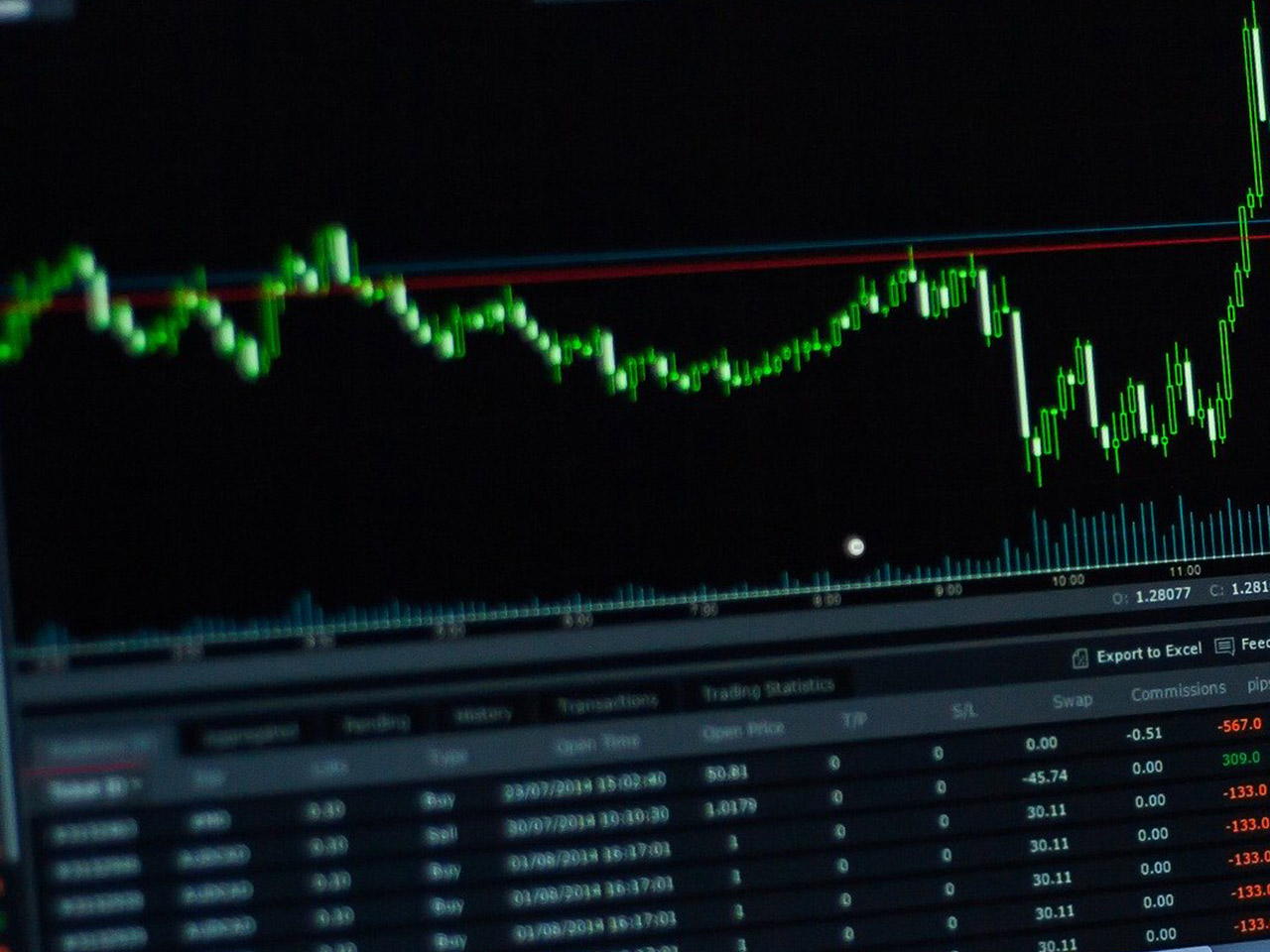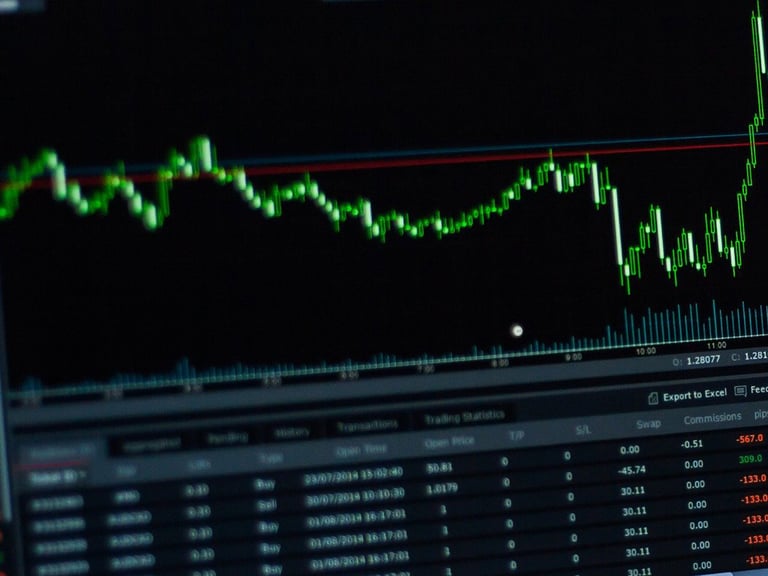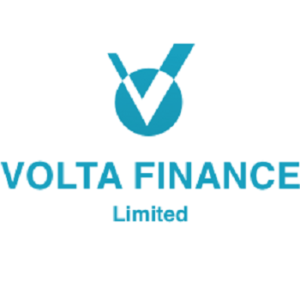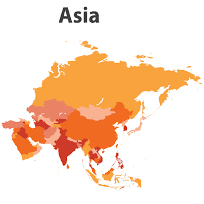HSBC Holdings PLC (HSBA.L), a stalwart in the diversified banking sector, commands significant attention from investors, not least due to its impressive market capitalisation of $138.08 billion. With roots tracing back to 1865, HSBC’s storied history is matched by its expansive global operations, offering a wide array of banking and financial services through its three key segments: Wealth and Personal Banking, Commercial Banking, and Global Banking and Markets. Headquartered in London, this UK-based financial giant remains a focal point for investors looking to capitalise on its strategic global footprint and diverse service offerings.
As of the latest trading data, HSBC shares are priced at 736.8 GBp, reflecting a modest dip of 0.03%. This price sits comfortably within its 52-week range of 625.80 to 942.50 GBp, suggesting relative stability amidst market fluctuations. Yet, the real allure for investors lies in the potential upside of 29.61%, a figure derived from a comprehensive analysis of analyst ratings and target price projections. The average target price stands at 954.96 GBp, with some analysts projecting the potential for shares to soar as high as 1,189.72 GBp.
Valuation metrics paint a complex picture. The forward P/E ratio is notably high at 522.21, which may raise eyebrows among valuation-conscious investors. However, this figure should be viewed in the context of the company’s robust revenue growth of 57.30% and a respectable return on equity of 12.99%. Such performance metrics underscore HSBC’s ability to generate solid returns, even as traditional valuation metrics appear skewed.
Investors seeking income stability will find HSBC’s dividend yield particularly attractive at 6.74%, coupled with a payout ratio of 49.62%. This indicates a balanced approach to rewarding shareholders while retaining sufficient earnings for reinvestment and growth—a crucial consideration for income-focused portfolios.
The bank’s technical indicators present a mixed bag. The 50-day moving average at 869.86 suggests recent market volatility, while the 200-day moving average of 745.35 provides a broader view of the stock’s trajectory. Furthermore, the Relative Strength Index (RSI) of 58.92 signals neutral momentum, a factor that potential investors may wish to monitor closely alongside MACD and signal line metrics.
Analyst ratings reveal a cautious optimism towards HSBC, with a predominant cluster of ‘hold’ ratings, complemented by a notable number of ‘buy’ endorsements. Only a single ‘sell’ rating hints at the minimal bearish sentiment surrounding the stock. This balanced analyst perspective reinforces the narrative of HSBC as a steady, if not spectacular, investment choice within the financial services sector.
Overall, HSBC Holdings presents a compelling case for investors aiming to balance growth potential with income stability. Its diversified business model, substantial market presence, and strategic global operations provide a solid foundation for continued success. As always, individual investors should consider their risk tolerance and investment strategy when evaluating HSBC’s potential role in their portfolios.









































